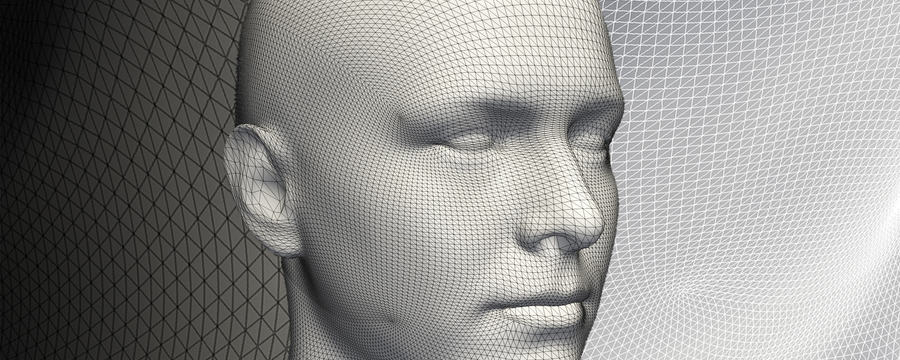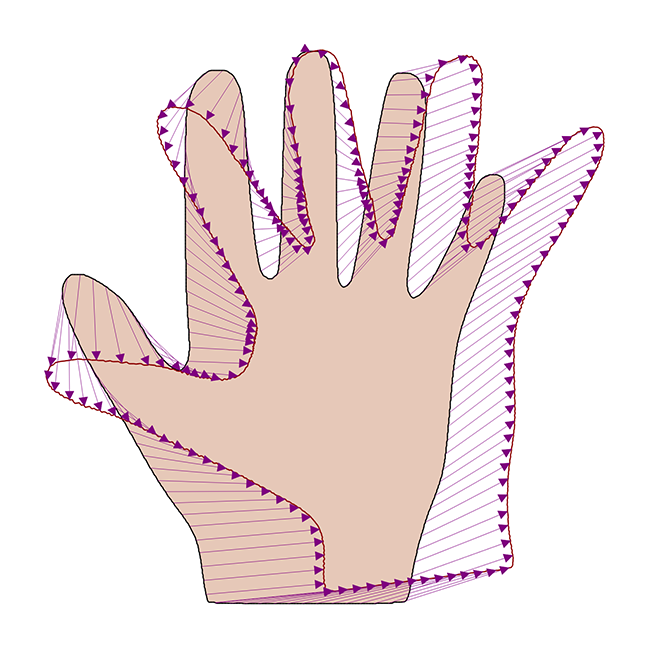Home / Healthcare & Medicine / Medical Technology / Statistical Shape Modelling: Computing the Human Anatomy / Superimposing shapes
This article is from the free online
Statistical Shape Modelling: Computing the Human Anatomy


Reach your personal and professional goals
Unlock access to hundreds of expert online courses and degrees from top universities and educators to gain accredited qualifications and professional CV-building certificates.
Join over 18 million learners to launch, switch or build upon your career, all at your own pace, across a wide range of topic areas.

 Figure 1: a deformation field between two hand shapes, which does not only represent shape changes, but also rotational and translation components.
Figure 1: a deformation field between two hand shapes, which does not only represent shape changes, but also rotational and translation components. Figure 2: An illustration of the generalised Procrustes alignment.
Figure 2: An illustration of the generalised Procrustes alignment.






